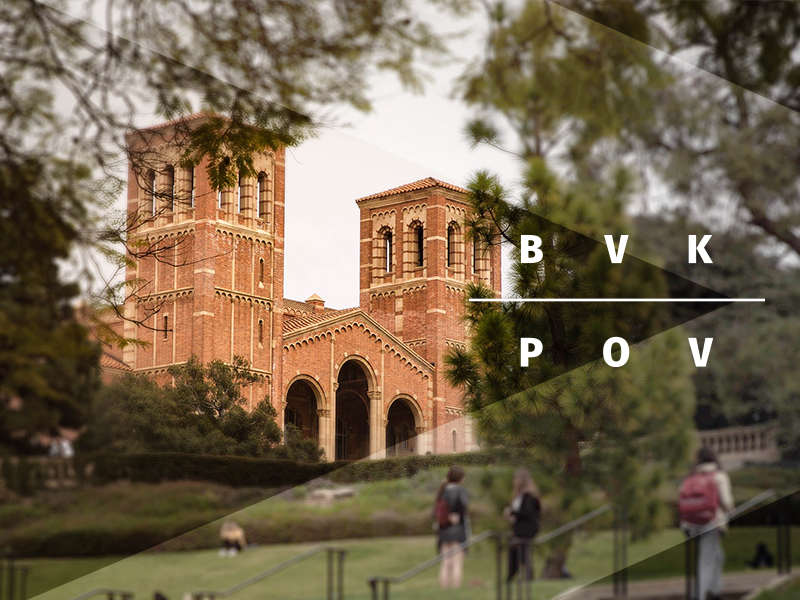Cross-Campus Content Conundrums and How to Avoid Them
Education

A university’s transition from serving as content police to fostering alignment and collaboration
If you had the chance to read a recent post from my friend, Beth-Blume, and myself, you have already been introduced to the concept of enterprise-wide partnership and teamwork as an increasingly important theme in the higher education space. This is particularly true at universities operating in a decentralized environment, which in my experience, is the vast majority of university marketers.
When decentralization is the model, university marketers tend to trip over each other. Each individual area distributes content that they personally find relevant, timely or appealing to their faculty leadership. And that content is pushed through a disparate set of social and owned channels that often don’t consider best practice when deciding what gets published. Take, for example, a communicator in the College of Agriculture, who posts a 10-minute long video to their Instagram story. Or a Student Affairs colleague who posts on Facebook once per month and jumps to the conclusion that “Facebook is dead” because he’s noticing a lack of engagement. Neither of these are hyperbole. These are actual examples of busy, intelligent and talented employees who lack experience within these channels.
A tightly-defined, widely-adopted content strategy may be the silver bullet you need to help align the university’s messaging, optimize owned and paid channels, and enable your social media to take off.
| A strategic content plan enables universities to: | A strategic content plan helps universities avoid: |
|
|
So where should you start?
The first and often most daunting task is uncovering current state operations across the campus. Think of yourself as a modern-day Nancy Drew/Hardy Boys—Campus Edition. It’s critically important to approach this phase as impartially as possible. The goal is to seek an understanding of departmental methods for producing and managing content. When looking across campus, ask yourself:
- What messages is our university presenting in paid and owned channels?
- Where are there inconsistencies?
- How is our content currently different from our peers? Where is our university strong?
- What is our competition doing? What results are they seeing?
- What are our pain points?
By answering these questions, you are on your way to developing campus-wide content KPIs. These need to be as specific as possible and tied to measurable results.
Next, think through emerging themes that are apparent from your audit. Based on what you find, it is critical to re-frame content in a way that connects to the overall brand value. What does your university stand for? This leads directly into the development of content pillars, each of which will ladder up to the unique value proposition of your university.
At this point, the content team will want to get a bit more granular, identifying content types, recommended formats and university departments that have a hand in regular content creation. Don’t forget the importance of allowing colleges and business units to express their distinct vantage point and messaging needs in the context of the master brand’s content framework. After all, the colleges should serve as the “proof points” behind your brand value—so let them shine!
Finally, define the university’s holistic social strategy. Once you get to this stage, you will have a comprehensive understanding of all things social (and if you don’t, seek out an expert to help you).
It then becomes the central marketing team’s role to inspire the cross-campus units with a strategic social plan that can be implemented consistently, but not rigidly. After all, adaptability is a key component of a successful social presence. The social content plan needs to include brand considerations such as tone/voice, visual communication guidelines and specific plans for Facebook, Twitter, LinkedIn, SnapChat (and any other channels relevant to your university’s audience), and the university’s overall promotion and measurement plans.
There you have it – Content Strategy 101. We know this is a lot of work, and there are a lot of disparate departments and individuals to align with one another. But having worked in the higher education space for many years, we see this is an increasingly important process for streamlining content development and connecting the entire campus. After all, there really are no better spokespeople for the power of change than those in the business of improving lives through education (that’s you!).
Want to know more? We’re happy to share our approach with you. We have a variety of case studies and sample frameworks via a complimentary presentation for your external relations and marketing communication teams. Just give us a shout or email [email protected] to request more information.